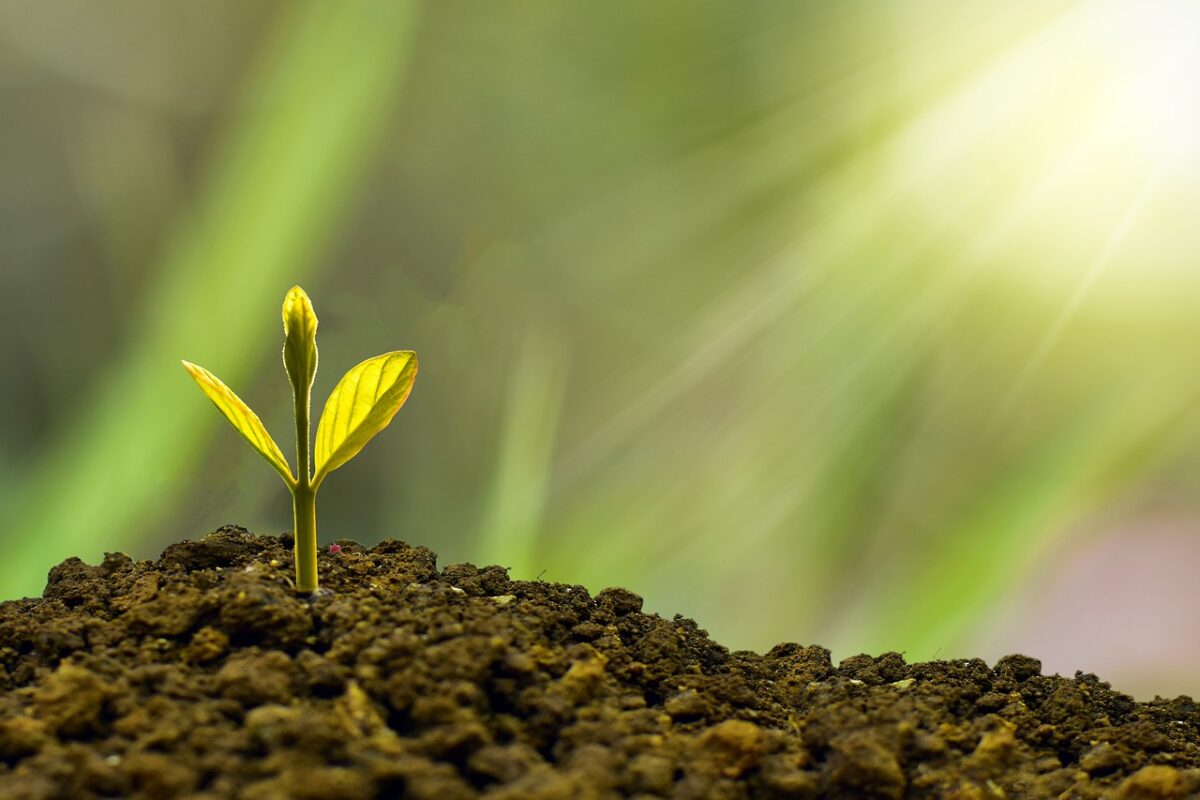Trees are natural carbon-exchange factories. They suck the carbon dioxide from the atmosphere and store it in their biomass, mainly as wood. This means that around half of a tree can be carbon. Growing trees is one of the ways carbon sequestration, and therefore climate change, can be addressed, but this does not come without challenges. Trees need to grow to absorb carbon; they need to double or triple their size, which can take 10, 20, 40 years, even longer in many cases to reach full maturity and therefore carbon storing potential
The UK is taking action, funding and incentivizing reforestation programmes and rewilding initiatives. From growing seeds and planting trees to converting pasture to a more natural landscape and preserving the forests – all these are valid ways to help meet global climate targets. Carbon dioxide removal can help to achieve these goals, and one of the simplest way of doing it is growing more trees.
The UK needs to improve its available areas of land to make reforestation happen. The land in the UK is primarily used for agriculture, animal breeding and crops for animal feed. The fact that 48% of the land in the UK is used for animal agriculture puts lots of pressure into developing plant-based initiatives, according to the Department for Environment, Food & Rural Affairs. Thus, more land can be liberated for reforestation.
The British Government set an initial budget of £12 million to plant 500 hectares of trees across public land in England. The Trees for Climate is a national tree planting programme, part of the Government’s £500m Nature for Climate Fund, aiming to treble planting rates in England by the end of this Parliament in 2024. Beneficiaries of this fund will create 10 community forests with public visits and recreation spaces in the areas of Manchester, Nottinghamshire, Bedfordshire and Yorkshire, among others. These new forests have the potential to capture 100,000 tons of carbon from the atmosphere. Although this is not enough, it is a step on the way to making the UK one of the leading carbon neutral countries by 2050.

Documents setting out the UK’s leading plan for reducing roadside nitrogen dioxide concentrations from the Department for Environment, Food & Rural Affairs and Department for Transport were already setting guidelines for different stakeholders to build a greener future. The UK government has initiated various reforestation projects, like delivering 11m trees over the last five years in England. Nevertheless, planting in England fell in 2019, and COVID-19 certainly had an impact on progress. The Forestry Act and the Forestry Commission played important roles in making the UK’s tree coverage nearly equal to levels seen over 1000 years ago.
A new £50m government scheme has recently been launched, allowing people who plant trees to get regular payments for carbon storage. In other words, initiatives for keeping wildlife and trees can be monetized as they work as carbon capturers. This tackles the main issue in reforestation and rewilding, which is that initiatives have to work for all sides. People, nature, economy, ecology; all of these need to become a functional ecosystem again.
Scotland has also started the green-run. Although only 5% of Scottish land was covered by woods in 1900, Scotland was able to increase this figure to about 17%. But, it has not stopped there. The Scottish Government’s Draft Climate Change Plan proposed specific targets for future woodland expansion to cover 21% of Scotland by 2032.
The main realisation across the country is that far more trees are needed and the mission is underway – to plant trees of all sorts and trees everywhere, all aligned with the UK Forestry Standard, which bans monocultures or wood clear-cutting.
According to the UK’s official climate advisers, the UK needs 1.5 billion trees to suck up carbon dioxide and help to restore wildlife. Reforesting the UK is indeed a challenge for many coming years, and to all new generations. Being an island with around 66 million people, the responsibility for reforestation seems to be reaching not only the public sector, but the private one, with multiple charities, foundations and leaders committed to it.
The importance of reforestation and preserving woodland is knocking at everyone’s door. It was comforting and uplifting to come across diverse initiatives while crossing the UK last winter. There were young trees wrapped in plastic protectors at public crossroads all over the place. This brought me hope. And hope is green.
Monica Mastrantonio



